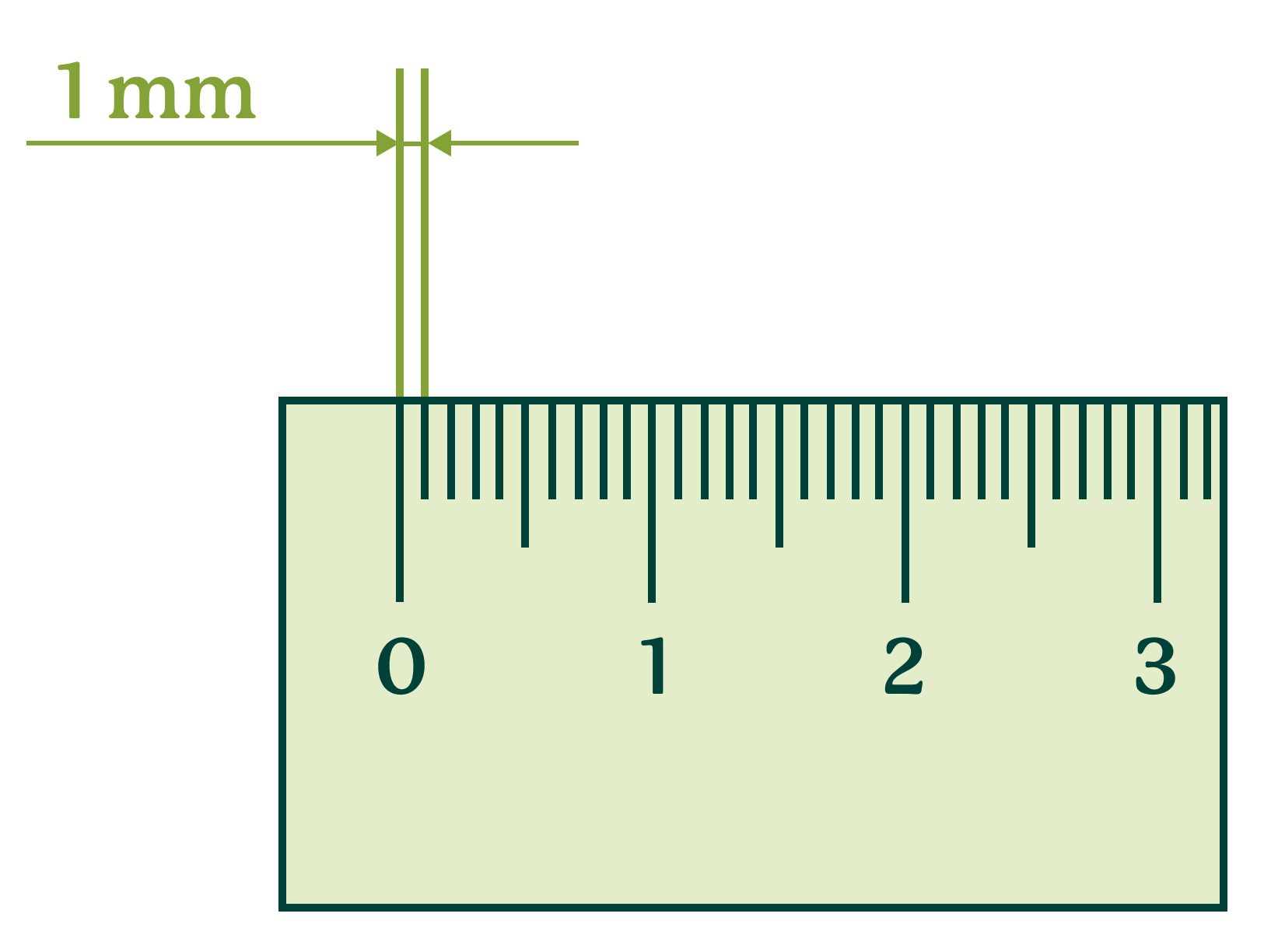What Are Beneficial Insects & How Do I Use Them?
A beneficial mite sachet at work in a Gardyn
What are beneficial insects?
Beneficial insects are intentionally-placed, ecosystem-friendly insects that can be used as both a prevention and treatment method to maintain plant health and keep pest problems from accelerating. They work by destroying unwanted pests at all stages of their life cycle. Beneficial insects are integral to any natural, nature-based pest management plan (commonly known as Integrated Pest Management, or IPM).
We’ve hand-selected a few species of beneficial insects to help prevent and treat specific pests on your Gardyn. Each of the species we recommend are a type of predatory mite. They are not visible to the naked eye, do not spread in your home, and come in small, easy-to-handle sachets.
The beneficial mites we recommend are less than 1 millimeter in size and difficult to see with the naked eye.
Selecting the correct predatory mite and releasing them regularly is key to this method of pest prevention and treatment. You can use more than one beneficial mite at a time, just be sure to note which species should not be mixed and choose the species based on your home’s temperature and humidity.
Note: Gardyn does not sell beneficial insects.
I ordered my own sachet - how do I use it?
You can hang the sachet on your Gardyn’s metal bar or directly on plants, as long as it is always shaded from direct light. There is already an emergence hole on each sachet, so there’s no need to add any additional holes.
What's inside a beneficial mite sachet?
Each sachet typically contains some combination of:
a water-resistant paper packet
a mix of immature and adult mites
food mites for the beneficial mites to consume when in the sachet
a substrate
Beneficial Mites for Spider Mites
To treat an active light or moderate spider mite infestation, use the treatment beneficial mite species until the infestation is eradicated. Then switch (or continue) with the prevention beneficial mite species.
Beneficial Mites for Thrips
To treat an active light thrips infestation, use the treatment beneficial mite species until the infestation is eradicated. Then switch (or continue) with the prevention beneficial mite species.
Beneficial Mites for Whiteflies
Tips
All predatory mites should be used immediately upon delivery. To release within 18 hours of their delivery, keep the package in a cool dark place out of sunlight and do not refrigerate.
If using beneficial mites, do not dunk, rinse, or spray your plants with any other products as this can dislodge or kill the beneficial insects.
To use beneficial mites as a prevention method, choose your mite species based on the pest(s) you want to prevent, and the species that most closely matches your home's environmental conditions. If you choose to use several species at once to prevent different pests simultaneously, ensure you do not mix Swirskii with Cucumeris Mites.
We suggest 3-4 rounds of a given treatment’s release schedule to fully eradicate your infestation.
FAQs
Where can I buy beneficial insects?
Gardyn does not sell beneficial insects, but we suggest using Arbico Organics or Evergreen Growers Supply as two viable sources. While there are other sources available, these have been tested and vetted by our Plant Health & Nutrition Team. Additionally, these sources do not sell any wild-collected organisms, which means no ecosystems were altered due to the insects' growth or sale.
Can predatory mites hurt my pets?
The predatory mites can walk on people or pets, but they can't attach or feed on animals or plants besides their prey species. If they did end up on you or your pets, you'd likely never even notice or see them.
Can I be allergic to predatory mites like dust mites?
The dust mites in homes are different from the food mites used to rear predatory mites. The possibility of developing an allergy to anything - including food mites - is greater than zero. If this is of particular concern to you it would be a topic best addressed by your medical care provider.
How are the mites produced?
Most commercial predatory mite production is proprietary to each producer, but involves the rearing of a prey species (such as spider mites, bran mites, etc.) and feeding them to the predator species (the beneficial insects). Both are housed in escape-proof environments of varying designs and scales (sometimes a whole greenhouse), which also provide appropriate attributes such as a bedding material, room to roam, and the moisture necessary to keep stress low for the animals.
Are there any environmental or ecosystem risks to my using beneficial mites? Am I at risk of introducing a non-native species that could cause harm where I live?
All of the beneficial species we recommend are primarily used in controlled agricultural and horticultural settings as biological control agents against pest mites. While in certain environments these mites can thrive, it is highly unlikely that they would be able to establish a self-sustaining population and spread widely throughout your local environment.
Additionally, The USDA regulates the shipment of biological control agents in the United States to minimize the risk of introducing non-native species into new environments and causing unintended ecological impacts. In general, companies that sell biological control agents, including mites, must comply with the relevant regulations and obtain the necessary permits and approvals before shipping the agents to customers. So if a species is available to you, it is because the USDA has already approved the transfer and use of that species where you live.
Questions? Reach us at support@mygardyn.com, or chat with us! We're here to help





